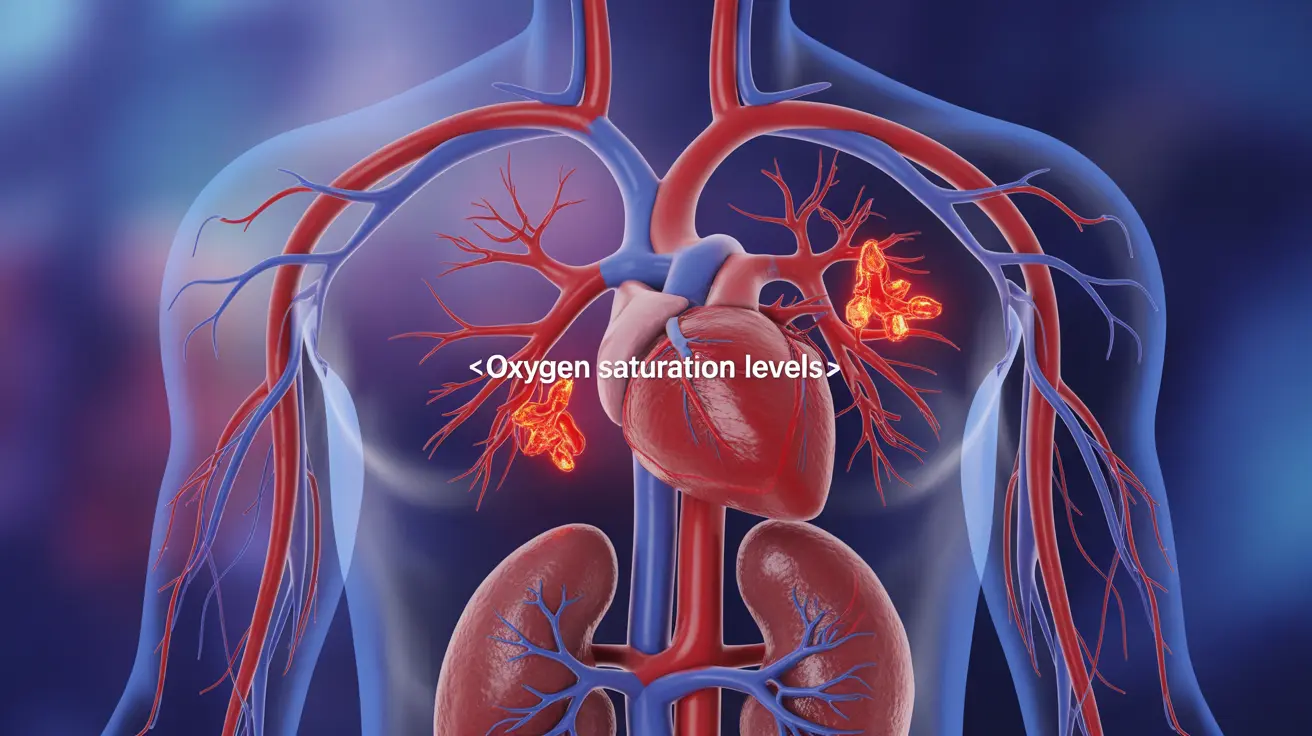Anemia, a condition characterized by insufficient healthy red blood cells, can become life-threatening if left untreated or if it progresses to severe stages. Understanding the symptoms of severe anemia is crucial for early intervention and preventing potentially fatal complications. This comprehensive guide explores the warning signs, complications, and critical information about life-threatening anemia.
Early Warning Signs of Severe Anemia
Recognizing the early symptoms of severe anemia can be lifesaving. Common warning signs include:
- Extreme fatigue and weakness
- Severe shortness of breath
- Rapid or irregular heartbeat
- Chest pain
- Dizziness or fainting
- Pale or yellowish skin
- Cold hands and feet
These symptoms indicate that your body isn't receiving adequate oxygen, which can lead to serious complications if not addressed promptly.
Critical Complications of Untreated Anemia
Cardiovascular Impact
Severe anemia can significantly strain your heart, potentially leading to:
- Heart failure
- Enlarged heart
- Irregular heart rhythms
- Increased risk of heart attacks
Respiratory Complications
When anemia becomes severe, it can affect your respiratory system, causing:
- Severe breathing difficulties
- Respiratory failure
- Decreased oxygen saturation
- Increased respiratory rate
Life-Threatening Causes of Anemia
Several conditions can cause anemia to become severe enough to threaten life:
Acute Blood Loss
Sudden, significant blood loss from trauma, surgery, or internal bleeding can rapidly develop into life-threatening anemia. This requires immediate medical intervention.
Genetic Conditions
Inherited disorders like sickle cell anemia and aplastic anemia can cause severe complications and increase mortality risk when not properly managed.
Chronic Diseases
Certain chronic conditions can lead to severe anemia:
- Kidney disease
- Cancer and chemotherapy effects
- Autoimmune disorders
- Bone marrow disorders
Diagnosis and Treatment of Life-Threatening Anemia
Medical professionals diagnose severe anemia through:
- Complete blood count (CBC)
- Iron studies
- Bone marrow examination
- Additional specialized tests based on suspected causes
Treatment options may include:
- Emergency blood transfusions
- Iron therapy
- Medication to stimulate blood cell production
- Treatment of underlying conditions
Frequently Asked Questions
- What are the early warning signs and symptoms of severe anemia that could be life-threatening?
The most critical warning signs include severe shortness of breath, chest pain, rapid heartbeat, extreme fatigue, fainting, and confusion. These symptoms indicate that your body isn't getting enough oxygen and requires immediate medical attention.
- How can anemia lead to heart failure or respiratory failure in advanced stages?
Severe anemia forces the heart to work harder to pump oxygen-poor blood throughout the body. This extra strain can lead to heart enlargement, irregular rhythms, and eventually heart failure. The lack of oxygen can simultaneously overwhelm the respiratory system, potentially causing respiratory failure.
- What causes anemia to become fatal and how can it affect different organs?
Anemia becomes fatal when oxygen delivery to vital organs is severely compromised. This can result from acute blood loss, bone marrow failure, or severe chronic conditions. Multiple organ systems can fail when deprived of adequate oxygen, affecting the heart, brain, kidneys, and other vital organs.
- How is life-threatening anemia diagnosed and what treatments are available to prevent death?
Diagnosis involves emergency blood tests, particularly CBC and iron studies. Treatment may include immediate blood transfusions, iron supplementation, and addressing underlying causes. In some cases, emergency surgery might be necessary to stop internal bleeding.
- Can genetic conditions like sickle cell anemia and aplastic anemia increase the risk of dying from anemia?
Yes, genetic conditions can significantly increase mortality risk. Sickle cell anemia can cause life-threatening complications like acute chest syndrome and stroke. Aplastic anemia can lead to severe bleeding and infections due to bone marrow failure. Both conditions require specialized medical management to prevent fatal complications.




